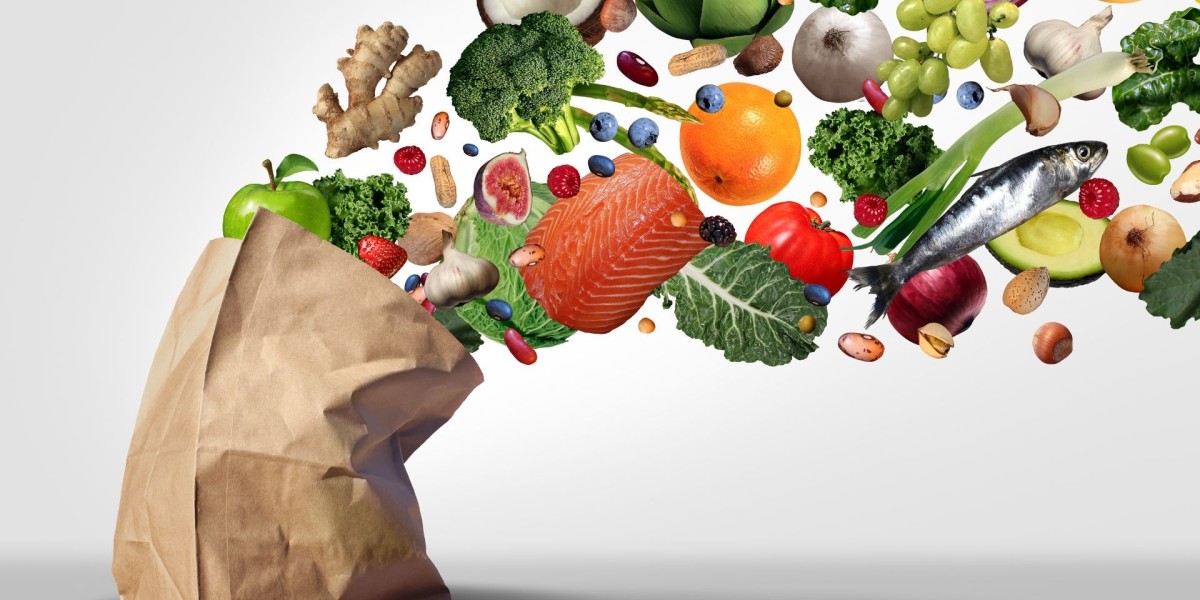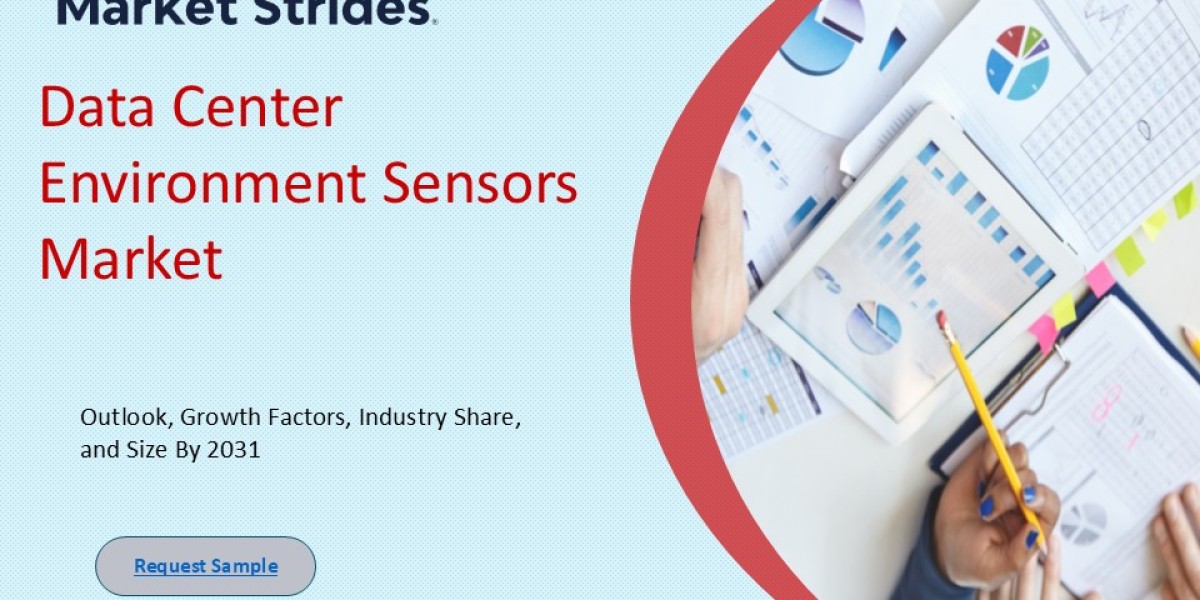Exponential Market Growth Fueled by Lifestyle Shifts and E-Commerce Innovations
According to a recent study conducted by Renub Research, the Europe Online Grocery Market is projected to grow from US$ 178.51 Billion in 2024 to a staggering US$ 797.34 Billion by 2033, expanding at a CAGR of 18.09% during the forecast period 2025 to 2033. This sharp growth trajectory is being driven by shifting consumer behavior, rising urbanization, increasing internet penetration, and advanced digital payment and logistics infrastructure across the continent.
As modern lifestyles demand more convenience and time-efficiency, European consumers are increasingly turning to online platforms for their grocery shopping. This trend, which gained momentum during the COVID-19 pandemic, has now become a long-term behavioral shift reshaping the retail landscape.
Convenience, Speed, and Customization Define New Grocery Norms
The appeal of convenience and time-saving continues to be a dominant force propelling the online grocery market in Europe. Consumers now expect fast, efficient, and customizable delivery experiences without compromising product freshness or quality.
E-commerce giants and supermarket chains alike have ramped up investments in last-mile delivery, dark stores, and automated fulfillment centers to meet surging demand. From scheduled deliveries and one-hour express options to recurring subscriptions and AI-driven shopping assistants, the online grocery ecosystem is evolving rapidly to cater to personalized consumer needs.
Mobile Shopping and Digital Payment Adoption Fuel E-Grocery Expansion
One of the key enablers of this growth is increased smartphone penetration and the widespread adoption of digital payment systems. Consumers are more comfortable than ever making grocery purchases via mobile apps, thanks to intuitive interfaces, multiple payment options, personalized recommendations, and real-time delivery tracking.
Additionally, the rise of Buy Now, Pay Later (BNPL) and digital wallets like PayPal, Apple Pay, and Google Pay has made online grocery shopping even more seamless, encouraging repeat purchases and higher average order values.
Germany, France, and the United Kingdom Lead Market Share
Among the European nations, Germany, France, and the United Kingdom are the largest contributors to the region’s online grocery revenues. These countries have mature digital infrastructures, strong retail ecosystems, and high consumer awareness about e-commerce advantages.
United Kingdom: Home to well-established players like Tesco, Sainsbury’s, and Ocado, the UK has witnessed some of the highest online grocery penetration in Europe. The pandemic accelerated this trend, and grocery e-commerce now forms a substantial portion of overall retail food sales.
Germany: Despite initial reluctance, German consumers have quickly adopted online grocery platforms due to enhanced delivery reliability, improved product assortment, and innovations from both traditional retailers and start-ups.
France: With strong demand for local and organic products, France’s online grocery sector is gaining traction through "click-and-collect" models and partnerships between grocery chains and delivery platforms like Carrefour and Uber Eats.
Emerging markets such as Spain, Italy, Poland, and Netherlands are also witnessing rapid growth due to rising digital awareness and improving infrastructure.
Product Segmentation: Fresh Produce and Packaged Foods Lead Demand
According to the Renub Research report, the online grocery market is segmented into:
Fresh Fruits and Vegetables
Dairy and Bakery Products
Meat and Seafood
Packaged Foods
Beverages
Staples (Grains, Oils, Spices)
Household and Personal Care Products
Among these, fresh produce and packaged foods dominate the market share due to their frequent purchase frequency. Innovations in cold chain logistics, temperature-controlled packaging, and real-time tracking have enabled grocers to maintain freshness even for perishable goods.
Additionally, demand for organic, plant-based, and ethically sourced products continues to rise, reflecting the modern European consumer’s commitment to health, sustainability, and environmental consciousness.
Role of Online Retailers and Delivery Platforms in Market Evolution
The Europe Online Grocery Market is highly competitive, with both traditional supermarkets and digital-native platforms vying for consumer attention. Leading contributors to the market growth include:
Traditional Retailers: Tesco, Carrefour, Aldi, Lidl, E.Leclerc, and Sainsbury’s have expanded their online presence with robust delivery services, user-friendly apps, and personalized offers.
E-Grocery Pure Players: Ocado, Rohlik, Picnic, and Getir are redefining grocery shopping by offering 10–15 minute express deliveries, dark store models, and AI-based inventory planning.
Third-Party Platforms: Amazon Fresh, Uber Eats, Deliveroo, and Gorillas have partnered with grocery retailers to broaden their distribution network and improve delivery scalability.
Subscription Models and Loyalty Programs Improve Customer Retention
To ensure customer stickiness, many platforms are rolling out loyalty programs, monthly subscription plans, and membership-based incentives. These models offer benefits like free delivery, early access to sales, exclusive discounts, and cashback rewards, fostering long-term customer relationships.
For example, Amazon Prime members enjoy added benefits through Amazon Fresh, while Tesco Clubcard and Carrefour Plus incentivize loyal grocery shoppers with significant savings.
Sustainability and Eco-Friendly Packaging Gain Importance
Environmental concerns are shaping online grocery operations, with a rising focus on sustainable packaging, recyclable delivery bags, and carbon-neutral logistics. European retailers are under pressure from both consumers and regulatory bodies to minimize waste, reduce food spoilage, and promote green practices.
Companies are also experimenting with reusable containers, bulk order options, and zero-waste delivery pilots to align with the growing trend of climate-conscious shopping.
Challenges: Profitability and Delivery Logistics Remain Key Hurdles
Despite its enormous potential, the online grocery market faces critical challenges. Chief among them are:
Thin Profit Margins: High operational costs, coupled with the need for competitive pricing and free delivery, compress retailer margins.
Complex Last-Mile Logistics: Ensuring timely, fresh, and accurate deliveries in urban as well as rural areas remains a logistical challenge.
Consumer Retention: While adoption is growing, platforms must continuously innovate to retain fickle, price-sensitive customers.
Perishability Risks: Managing cold chain and reducing food spoilage are crucial for maintaining product quality and customer trust.
Overcoming these hurdles will require strategic investments in automation, AI-powered demand forecasting, and regional warehouse networks.
Future Outlook: Europe’s Online Grocery Market to Enter a Golden Decade
Looking ahead, the Europe Online Grocery Market is set to evolve further with:
AI and Predictive Analytics: Helping companies optimize inventory, personalize marketing, and enhance supply chain efficiency.
Voice-Activated Shopping Assistants: Enabling hands-free, on-the-go grocery orders.
Hyperlocal Fulfillment Centers: Speeding up deliveries while reducing transportation emissions.
Augmented Reality (AR) and Virtual Storefronts: Offering immersive grocery shopping experiences online.
As digital maturity deepens and consumer expectations rise, online grocery shopping will become a routine habit across all demographics in Europe, ushering in a decade of unprecedented innovation and opportunity.
To access the full market report, data insights, segmentation, and growth analysis, visit: Renub Research – Europe Online Grocery Market
New Publish Report:
- Global Biotechnology Market – Therapeutic Innovations & Forecast 2025–2033
- Australia Bionic Devices Market – Technological Advancements & Forecast 2025–2033
- India Biometrics Market – Industry Growth & Forecast 2025–2033
About the Company
Renub Research is a Market Research and Consulting Company with more than 15 years of experience, especially in international Business-to-Business Research, Surveys, and Consulting. We provide a wide range of business research solutions that help companies make better business decisions. We partner with clients across all sectors and regions to identify their highest-value opportunities, address their most critical challenges, and transform their businesses.
Our wide clientele includes key players in Healthcare, Travel & Tourism, Food & Beverages, Power & Energy, Information Technology, Telecom & Internet, Chemicals, Logistics & Automotive, Consumer Goods & Retail, Building & Construction, and Agriculture. Our core team comprises experienced professionals with graduate, postgraduate, and Ph.D. qualifications in Finance, Marketing, Human Resources, Bio-Technology, Medicine, Information Technology, Environmental Science, and more.
Media Contact
Company Name: Renub Research
Contact Person: Rajat Gupta, Marketing Manager
Phone No: +91-120-421-9822 (IND) | +1-478-202-3244 (USA)
Email: rajat@renub.com








